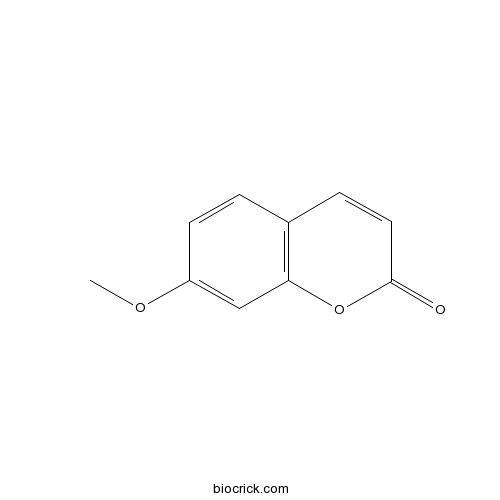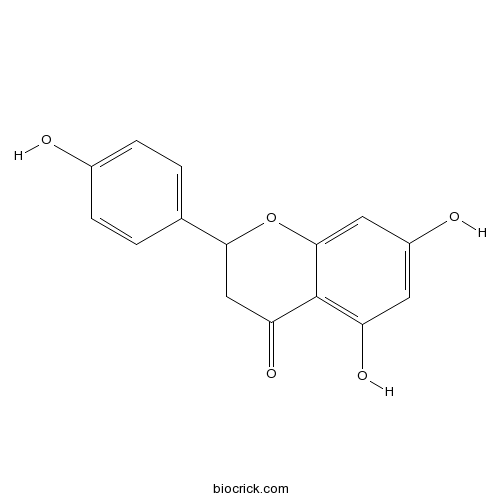Artemisia lancea
Artemisia lancea
1. The products in our compound library are selected from thousands of unique natural products; 2. It has the characteristics of diverse structure, diverse sources and wide coverage of activities; 3. Provide information on the activity of products from major journals, patents and research reports around the world, providing theoretical direction and research basis for further research and screening; 4. Free combination according to the type, source, target and disease of natural product; 5. The compound powder is placed in a covered tube and then discharged into a 10 x 10 cryostat; 6. Transport in ice pack or dry ice pack. Please store it at -20 °C as soon as possible after receiving the product, and use it as soon as possible after opening.
Natural products/compounds from Artemisia lancea
- Cat.No. Product Name CAS Number COA
-
BCN2707
7-Methoxycoumarin531-59-9
Instructions

-
BCX1035
Isoferulic Acid537-73-5
Instructions

-
BCN9061
(±)-Naringenin67604-48-2
Instructions

-
BCN4327
Ursolic acid77-52-1
Instructions

In vitro ovicidal and larvicidal activity of the essential oil of Artemisia lancea against Haemonchus contortus (Strongylida).[Pubmed: 23351974]
Prolonged use of chemical anthelmintics has been found to result in anthelmintic resistance and environmental issues, thereby limiting the application of these drugs in domestic animals and prompting interest in the study of plant extracts as alternative sources thereof. The aim of this study was to evaluate the in vitro effect of the essential oil (EO) of Artemisia lancea against the parasitic nematode Haemonchus contortus using egg hatch assay, larval development assay, and larval migration inhibition assay. The EO yield of extraction was 0.63% (w/w), and the major constituents were 1,8-cineole (34.56%) and camphor (16.65%). In the egg hatch assay, an inhibition greater than 99% was observed with the EO at 10 mg mL(-1) and the LC50 was 1.82 mg mL(-1). 1,8-Cineole demonstrated moderate ovicidal activity with a LC50 of 4.64 mg mL(-1), whereas camphor did not show enough activity to have its LC50 determined. In the larval development assay, the EO, 1,8-cineole, and camphor inhibited 93.6%, 65.2%, and 57% of larval development at 10 mg mL(-1) and exhibited dose-dependent responses with LC50 values of 1.66, 5.07, and 7.80 mg mL(-1), respectively. In the migration inhibition assay, the EO and 1,8-cineole at best inhibited 77% and 60.3% of larval migration at 10 mg mL(-1), respectively. Camphor showed low inhibition capacity, and its efficacy was not dose dependent. The results indicate that the in vitro anthelmintic activity of the EO of A. lancea may be associated with the additive action of the two major constituents, as well as other more minor terpenoid components.


